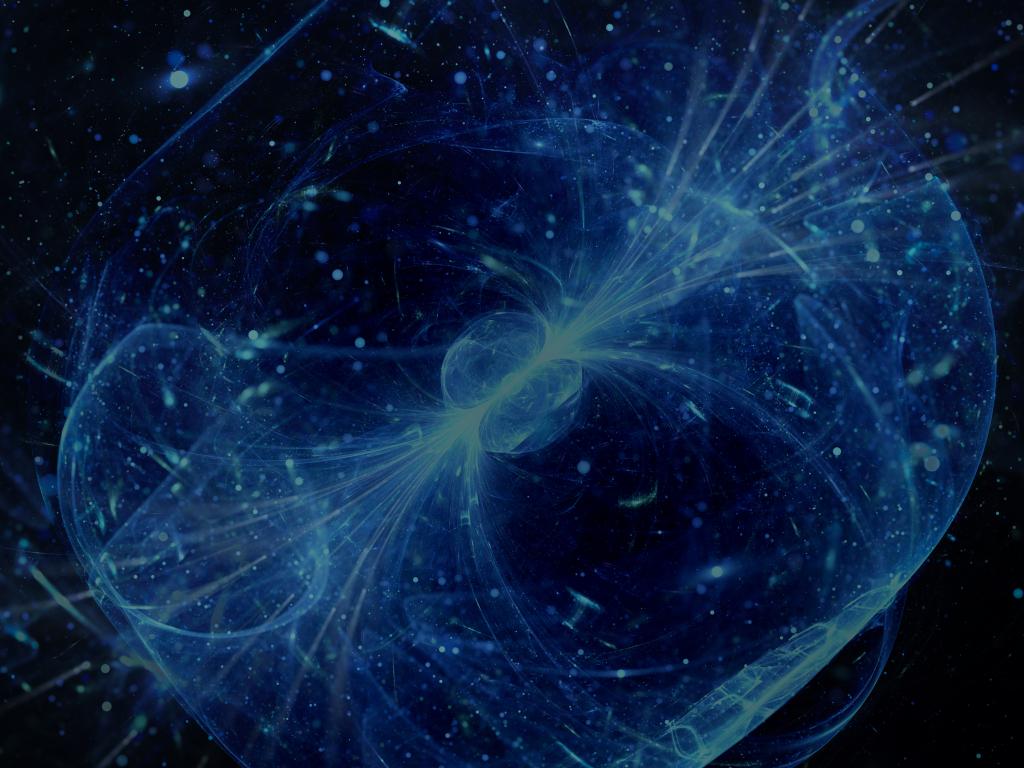Admission CTAs
Funding Opportunity: Mason Observatory
The Mason Observatory, located on the roof of Research Hall on the Fairfax Campus, was opened by the College of Science on January 24, 2007 and stands as a beacon of research, instruction, and community involvement on campus. The Observatory is not only used by faculty/staff and students of George Mason University, but is also open to local residents for an “Evening Under the Stars”—free of charge.
The Observatory receives around 1,200 Mason student visitors and 1,000 community visitors annually. Students are able to use the Observatory to participate in cutting-edge research; attend lectures by field related experts, such as Astronauts and NASA scientists; and harness the technology in physics and astronomy department lab classes. To date, the Mason Observatory has supported the discovery of more than 3,200 exoplanets among other research initiatives.
While there were two previous iterations of the Mason observatory—the first opened in 1975 and was built by students, and the second in 1979/80, which was vandalized and torn down—the current Observatory offers truly awe-inspiring capabilities, with impressive technologies and research initiatives. It boasts eight telescopes, including a 32” diameter Ritchey-Chretien Telescope, which is the largest telescope hosted by an academic institution on the east coast. Even with local light pollution, the technologies housed in the Mason Observatory allow for the continuous search for extrasolar planets and supernovae, along with astroseismology studies and the study of planetary atmospheres.
The Mason Observatory is directed by Professor Harold Geller, who originally petitioned for its construction in 1982, and is staffed by graduate students and staff volunteers. The Observatory operates solely on funding from donations and lab fees through the Department of Physics and Astronomy, with no additional center funding. Donations to the Observatory support everything from the purchasing of new imagining equipment for professional research to the play-dough used in educational outreach efforts in the local community. It is only through the continued support of donors that the Mason Observatory is able to make a difference in the lives of researchers, students, and our global community.
